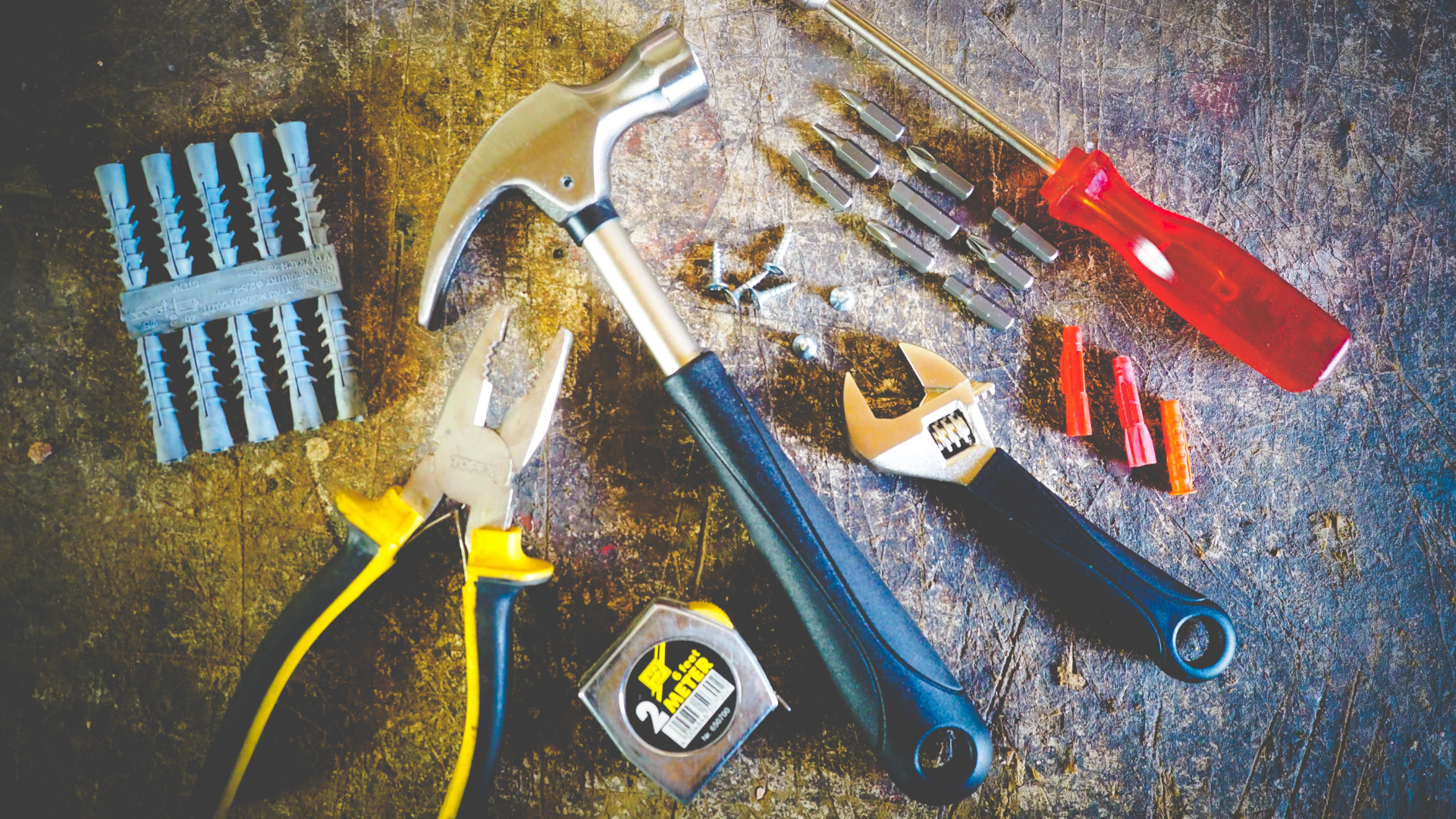Improving Home Improvement
Home improvement stores are similar to grocery stores in that people usually walk in with a specific purpose or purchase in mind. This makes it difficult for product manufacturers to convince consumers to go off-list and purchase more frivolous commodities.
If someone walks into Lowe’s to buy materials for building an outdoor deck in the backyard, it won’t really matter how many glistening refrigerator models and posters they pass by on their way to the plywood. They’re not there to make that purchase. And, since the products in a home improvement retailer tend to be higher risk purchases (i.e., more expensive) than those in a grocery store, the industry is even less likely to induce off-list purchasing than any other.
Despite the unique consumer behavior trends, product manufacturers in this area prioritize sales as much as any other company. So how will they sway consumers to choose their brand over their competitors’?
Inventory Consistency
It’s obvious, crucial, and usually the retailer’s responsibility to keep products fully stocked. However, with over 30,000 SKUs, these stores simply cannot maintain impeccable shelves. Someone’s product will always get the short end of the stick.
Customer Impact’s nationwide field team acts as representatives for any brand to remain fully stocked—sometimes, we can even restock product ourselves. Shoppers can’t purchase what isn’t there, and few will take the time to wait on a specific brand to return to the shelves. We make sure that customers can always reach for our client’s brand.
Shelf Presence
Since many of the items in stores like these are large and/or heavy, they can incur damages over the course of their shelf life. As shoppers browse the shelves, they often handle these products and their packing several times. It’s important to monitor damages like this, so that the lucky buyer isn’t disappointed by a subpar unit.
Customer Impact has assuaged this concern for other companies by removing damaged products, or products with damaged packaging, and replacing them with new and unblemished units. We’ve also created buy-back programs to ensure that damaged units are ethically discarded without wasting the retailer’s money. If customers begin to notice that a particular brand’s products have compromised integrity, the company’s reputation could suffer. After all, the shopper isn’t visiting a secondhand store—they’re looking for something shiny and new.
Accessibility
Usually, when a manufacturer makes a deal with a retailer, they purchase a designated shelf position for their SKUs. The products at eye level have a clear advantage over those on the floor or on the highest platform. Again, it’s the store’s job to honor these product positions—but sometimes things get mixed around. In addition, accessibility also relies on the visibility of pricing and product information. Many of us have been interested in purchasing an item, but have been unable to locate the correct price, weight, or measurements anywhere near the unit itself. Obviously, this can negatively affect sales. Our Impact Reps are well-versed in performing photo-audits to collect this sort of information, and can act as in-store advocates for a company’s brand to be treated well.
In Closing
Even though consumers in the home improvement industry tend to embrace a no-nonsense, no-excess buying philosophy, we know there are still plenty of opportunities for increasing sales. Customer Impact helps its clients keep their products present, pristine, and available.
Author:
McKenzie Allen
Business Development Manager
800-677-2260 Ext.168
Email
Contact
Contact us below for more information or cost estimation for an upcoming project.
[Form id=”9″]



